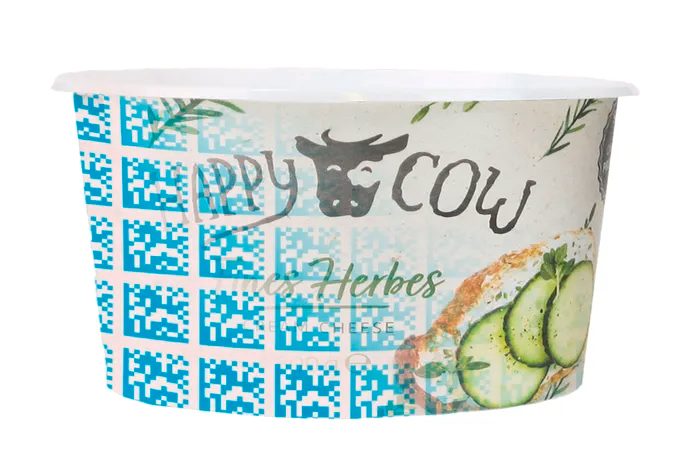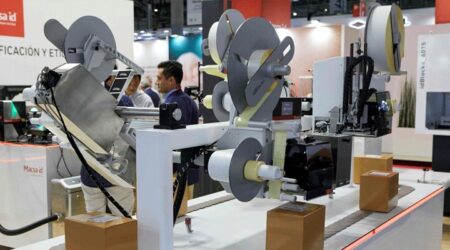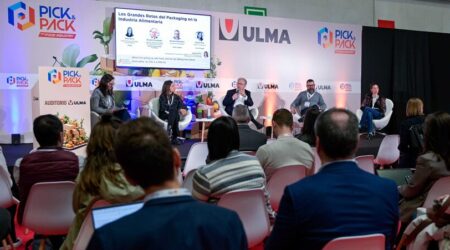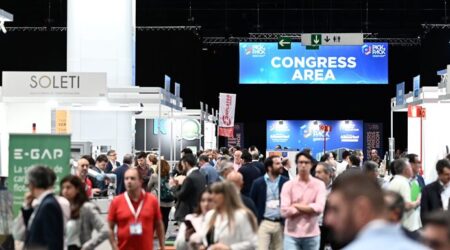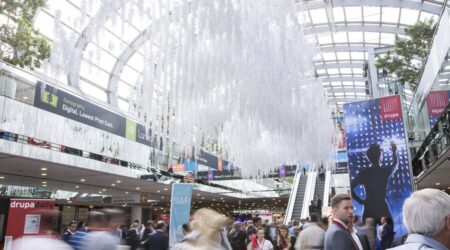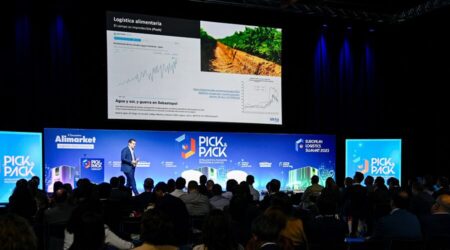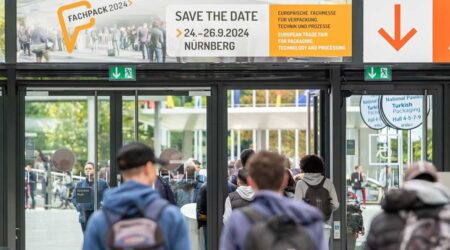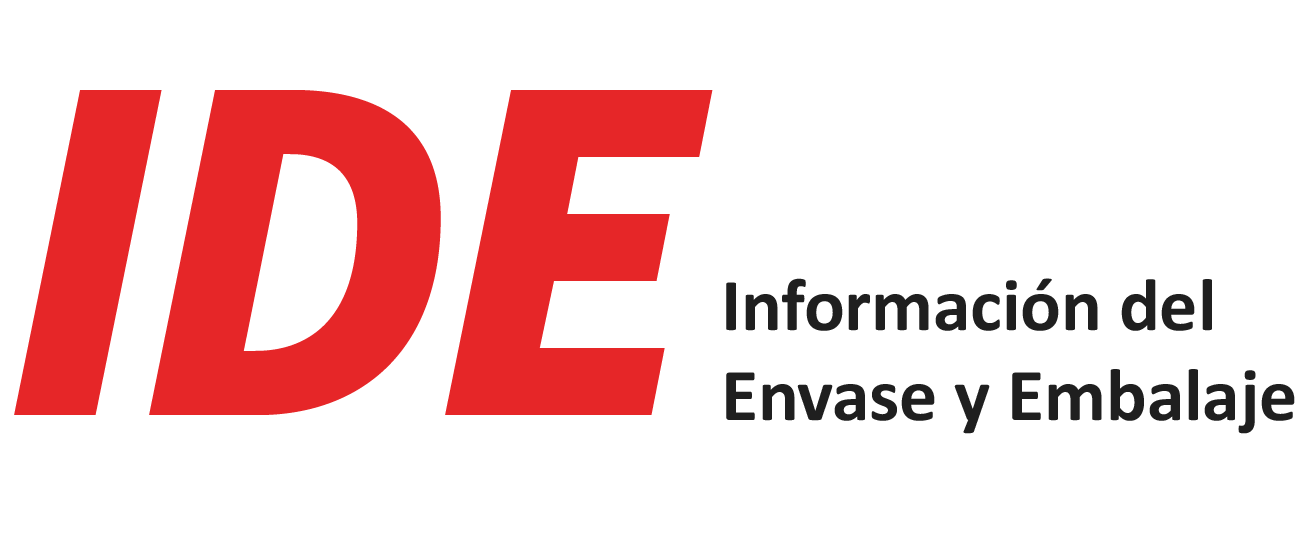Digitalisation as a tool for sustainability
Indice
Sustainability and digitalisation are currently the two defining issues in the packaging and logistics industry. But what happens when these two game-changers are combined? There are strong indications that the two trends are increasingly coalescing and intensifying as a result.
Digital technologies and the leveraging of data are important drivers of change in the packaging industry. They allow manufacturers to make their core business, i.e., the production of goods, more efficient and sustainable. This includes developing new products and business models but also optimising existing processes. And this naturally also applies to packaging processes, which have become much more flexible and productive thanks to intelligent machines. Whether they offer material savings or the facility to handle different materials, from paper-based films to recycling plastics or cardboards, modern packaging machines enable the most eco-friendly type of packaging to be selected for each application. This makes it easy to reconcile cost efficiency and sustainability. Advances in manufacturing, like the use of machine data in real time, predictive maintenance, and automated material flows, also result in efficiency increases and continually improve the sustainability of processes. This would not be possible without the advances made in intelligent machine controls.
Traceability: codes on packing support circular economy
In addition, digitalisation offers new approaches for collaboration with customers and suppliers and the design of intelligent, sustainable and more readily recyclable packaging. Printed tags and codes give packaging a digital identity, making it easier to track products and plan their internal and external transportation more efficiently. Moreover, smart packaging can provide information about the raw materials and types of plastic used to make it, which improves recycling outcomes in sorting facilities.
Because ineffective sorting is one of the major barriers to the recycling of packaging waste. The more efficiently packaging can be sorted, the more effective the mechanical recycling and consequently, the quality of the recycling material recovered. Machine-readable codes on packaging surfaces, like Digimarc digital water marks, are one way to achieve this. The Digimarc platform was chosen as the key technology for “HolyGrail 2.0”, an initiative involving companies and organisations across the entire packaging chain that aims to improve waste sorting and achieve higher recycling rates for packaging in the European Union (EU). Participants in the HolyGrail 2.0 project include leading international brands like P&G, Nestle, PepsiCo and Danone, as well as material manufacturers such as BASF and Borealis.
As soon as packaging gets to a waste sorting facility, the digital watermark can be identified and encoded by a high-resolution camera on the sorting line, which can then sort the packaging into the corresponding streams according to its attributes. In the broadest sense, the watermarks therefore improve packaging logistics over the entire lifetime of the packaging. And logistics is also an area where digitisation is already bringing decisive sustainability benefits.
Sustainability through digital supply chain management
Digitalisation helps make supply chains more transparent. From information about the farm their steak comes from to manufacturing conditions in the countries of origin, it gives consumers the opportunity to make informed purchasing decisions. This increases the pressure on companies to implement environmental and social standards.
When it comes to the transportation of products, data are used to determine the fastest and shortest possible routes. In this context, solutions used in the production environment, like machine learning and digital twins, can be carried over to the entire logistics process. Virtual supply chain networks based on algorithms provide effective tools to precisely control complex movements of goods, calculate the best distribution networks for a product, and optimise material flows as a result. This not only ensures resilience and flexibility but makes for more sustainable networks. For example, foodstuffs get to their customers faster and the loss of valuable goods due to spoiling is prevented. CO2 emissions are also reduced whenever routes are planned efficiently so that drivers can take the shortest route to their destination.
A secondary benefit is that digitised processes also cut down the number of documents and thus reduce consumption of paper as a resource, thanks to ordering processes via web shops and customer platforms, internal job orders on digital devices, and digital delivery and consignment notes. The interconnection of these processes is facilitated by smart packaging with machine-readable codes. On 30 September 2021, visitors to FACHPACK can learn about the latest developments in this area at the presentations on “Digitisation and Transformation” at the TECHBOX forum in hall 3C.


